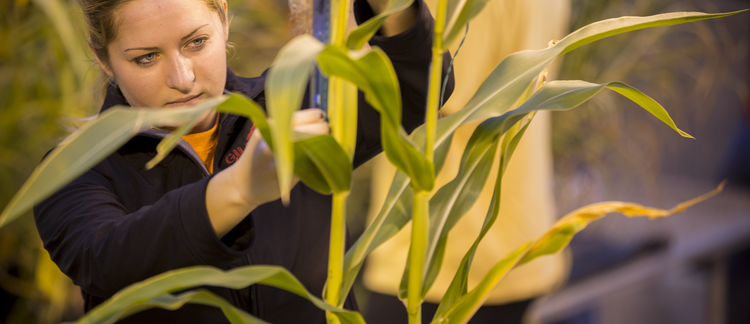Abstract
The soybean aphid (Aphis glycines Hemiptera: Aphididae) is a major pest of soybean in the Midwest. An unmanaged aphid outbreak has the potential to reduce yield by up to 40 percent. During the summer, aphids rapidly reproduce, resulting in exponential population growth. Foliar-applied insecticides are the most widely used management strategy for protecting yield loss from soybean aphids. Using varieties carrying aphid resistance genes (i.e. Rag) also is an effective means to suppress aphids. However, virulent aphid biotypes can colonize resistant plants. Use of only aphid-resistant plants throughout a landscape could lead to the fixation of virulence in the soybean aphid population. Inclusion of an aphid-susceptible refuge can be an effective strategy to preserve the efficacy of Rag genes. Blended seed mixtures, or refuge-in-a-bag, is an approach used in corn, but is not yet available in soybean. A field experiment was conducted to test whether a refuge-in-a-bag approach can protect yield while maintaining a population of soybean aphids.
How to Cite:
Hohenstein, J., Hodgson, E. & O'Neal, M., (2018) “Refuge-in-a-Bag Approach for Sustainable Management of Virulent Soybean Aphids in the Field”, Iowa State University Research and Demonstration Farms Progress Reports 2017(1).
Downloads:
Download pdf
View PDF
436 Views
149 Downloads

